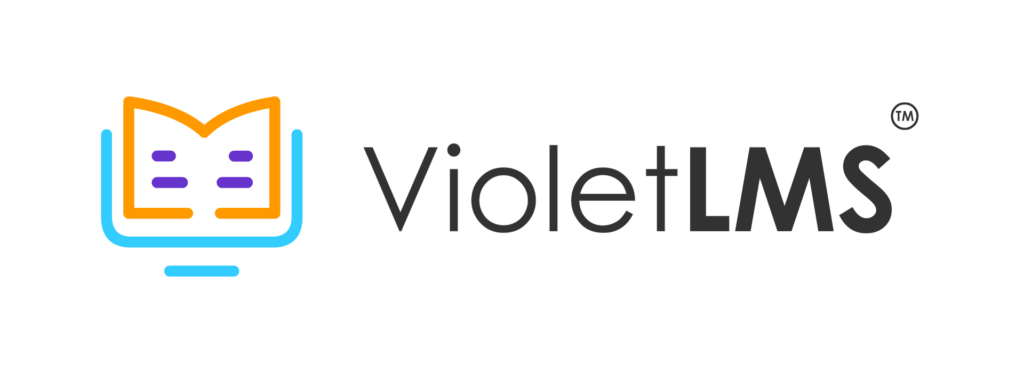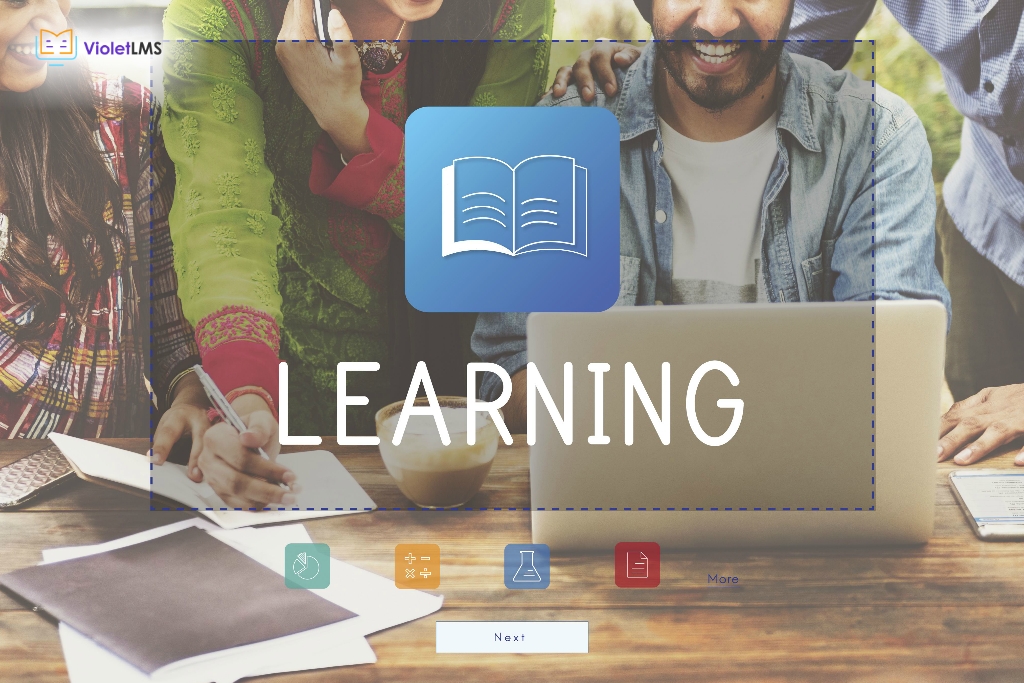Introduction
In today’s dynamic business landscape, continuous learning is the key to staying ahead. Organisations need robust learning solutions like Enterprise Learning Management Systems as they grow. These platforms are essential for delivering and managing learning experiences across diverse audiences. They cater to diverse audiences, including internal teams and external stakeholders.
Startups on the rise or established enterprises must select a good Enterprise LMS. It involves more than providing training. It also consists of driving engagement, ensuring compliance, and fostering engagement. This blog will cover essential features to consider when choosing an Enterprise LMS. It will also help you find a solution that meets your organisation’s evolving needs. Explore how an Enterprise LMS can support your learning goals and drive business growth.
Understanding Enterprise LMS Systems
An Enterprise Learning Management System is a central employee training and development hub. It organises training content, tracks progress, and manages certifications within the company.
In simple terms, an Enterprise LMS:- Enhances teamwork and boosts productivity by refining employee skills.
- Simplifies creating and sharing engaging, compliant digital content in various formats.
- Allows employees, managers, and other stakeholders to access resources whenever needed.
- Cuts down on outsourcing expenses, decreases employee turnover, and enhances engagement.
- Identifies learning gaps through individual progress reports, helping refine training programs.
Key Features of Enterprise LMS Systems
Organisations want to improve employee learning and training. Understanding the key features of Enterprise Learning Management Systems is crucial. Let’s delve into the features that make learning easier.
- Microlearning:
- Learning Process Management:
- Built-in Authoring:
- Collaboration & Engagement Tools:
- Gamification:
- Analytics & Reporting:
- Testing & Assessment:
Microlearning is an approach to training that delivers content in small, manageable units. It offers bite-sized training chunks, enabling on-demand access for employees and managers. It replaces lengthy sessions, ensuring convenient review and enhanced retention. It focuses on short bursts of learning rather than long cram sessions. They help to keep and remain involved with information. Microlearning platforms make knowledge accessible on demand, reinforcing learning whenever necessary.
Streamlining the employee learning process is essential for saving time and costs for the organisation. A robust platform automates training session creation and delivery, simplifying employee engagement tracking. An Enterprise LMS provides a central learning platform. It is for creating, organising, and storing training materials. It facilitates course administration, progress monitoring, and control over employee access to information. Also, these platforms improve learning management. They do this by connecting with other enterprise solutions. These include HR, CPQ, CRM, and ERP systems.
Built-in authoring is a valuable feature enabling content creation within your enterprise LMS. This capability removes the need to create content elsewhere. It makes integration seamless. It stops the hassle of transferring or changing content for your platform.
Effective learning doesn’t always happen alone. It often thrives through collaboration within a community, leading to better outcomes. Top Enterprise LMS systems boost teamwork and keep employees engaged with different tools. For instance, platforms may include blogs, discussion boards, and wikis. These tools ease individual and communal learning. Making training fun can help by letting employees like, share, and comment on the content. It can help keep their interest in learning. Gamification elements such as leaderboards and badges create excitement in learning. It also motivates and gives a competitive edge in learning among employees. This allows them to compete and interact with colleagues.
Gamification enhances employee participation in training sessions by reducing distractions and increasing engagement. Learning becomes more interactive by adding points, badges, and leaderboards. These features inspire employees to compete. They also motivate them to finish courses to earn recognition and rewards. Also, using an Enterprise LMS with gamification allows for the simulation of real situations. It encourages employees to use theory in real situations they may encounter at work.
Effective tracking of employee learning and training program performance requires robust analytics. Reporting features are indispensable. The LMS has built-in reporting and analytics showing how content, users, and areas can improve. The analytics empower managers, business development teams, and revenue leaders to invest. They focus on areas that drive growth and help address challenges.
Assessing employee progress with quizzes is critical to improving learning. This is true even if employees do not like them. Enterprise LMS systems have features allowing users to take quizzes, exams, and interactive tests. These tools offer valuable insights into employee performance. These assessments are vital in learning. They ensure that things are accessible and effective at work.
Considerations for Selecting the Right Enterprise LMS
Choosing the suitable Enterprise LMS for your business requires careful consideration. Many options are available. You must align the platform with your organisation’s goals. Also, ensure it integrates into existing processes. Here’s a simple guide to help you select the best platform:
Use cases
Understanding use cases means finding specific scenarios. The organisation uses the LMS there. It shows how different groups use the LMS to meet their learning and training needs. Before selecting an enterprise LMS, it’s beneficial to grasp:- The Target Audience
- Learning Objectives
- Functional Requirements
Compliance
Compliance and security are vital. They are needed to meet legal, regulatory, and internal policy requirements. This is especially true in sectors like finance, healthcare, and manufacturing. Your Enterprise LMS must deliver the training modules you need. These include workplace safety and anti-discrimination policies. It must also allow for easy updates as laws change. It should also track employee progress and assessment results, generating detailed reports for audits or inspections. This ensures effective compliance and helps mitigate risks.
Implementation speed
Implementation speed is a crucial factor when evaluating enterprise LMS software. A quick implementation timeline is helpful if you must get the system up and running. But it’s essential to remember that implementation is the beginning. User adoption is critical. It ensures employees and managers use the platform well. They use it to learn and apply knowledge. While implementation speed is essential, it’s not the sole consideration.
Usability
Usability is a crucial consideration when choosing an enterprise LMS. Consider platform ease of use, interface simplicity, role and permission management, supported content formats, and analytics tools. Look at these factors when choosing an Enterprise Learning Management System. These factors ensure user satisfaction and comprehensive functionality.
Integrations
E-learning platforms need to integrate with your existing technology stack. This is key for effective training delivery. Your chosen enterprise LMS should integrate, reducing manual data transfer tasks. Key integrations include analytics, certifications, CRM, sales enablement tools, and customer success platforms. This ensures efficiency and enhances the training experience.
Pricing
Investigate each Enterprise learning management system‘s pricing models to avoid unplanned expenses. Pricing may vary based on factors such as the number of users.
Scalability
Check whether the LMS suits your organisation’s size and growth trajectory. Some solutions are better for global enterprises. Others may be better for mid-market businesses or startups.
Localisation
An enterprise LMS system with localisation capabilities supports translation across the platform. It eliminates the need to create many instances of an object for each language. This saves valuable time and effort. Localising training documents improves engagement. It helps employees from diverse cultures and languages, fostering inclusivity. Also, localisation involves designing user interfaces to match cultural nuances. This promotes relatability for employees
Benefits of Using Enterprise LMS
The advantages of using an enterprise LMS are numerous. It enhances your organisation’s learning and training. Here’s why you should consider it, along with guidance on evaluating your options.
- Personalised Learning Experiences
- Efficient Content Management
- Enhanced Learner Insights
Using an enterprise LMS involves more than the look of the online learning space. Its functionality empowers your team. They can craft learning experiences suited to each learner’s needs. For instance, learners can access online courses with features like learning paths. Consider it as specialised training. It’s tailored for users of a particular product or service.
An enterprise learning management system centralises all training materials and courses. It streamlines content management for your team. This provides a seamless and practical way for the content management team to add and update training content, ensuring that all materials are accessible and up to date.
An enterprise LMS doesn’t track enrolment details. It also gives insights into how learners interact with training materials. It identifies the most engaging courses. It also tracks statistics, like completion rates. The LMS provides rich data for decisions and training optimisation.
Conclusion
Selecting the right Enterprise Learning Management System is vital for organisations. It dedicates itself to fostering a culture of continuous learning and growth. Organisations with a good platform can use many services to improve learning. From personalised learning pathways tailored to individual needs to streamlined content management capabilities, VioletLMS empowers businesses to deliver impactful training programs. Also, better learner insights give organisations valuable data. They can measure the effectiveness of their training and make informed choices to improve in the future. By using VioletLMS, organisations can unlock their workforce’s full potential. This drives operational excellence and brings sustainable success in today’s dynamic business world.
FAQs
What is Enterprise LMS?
Enterprise LMS is a software tool designed to facilitate training delivery, track learner progress, report on training outcomes, and manage training content efficiently within companies.
What is company LMS?
A company LMS is a software platform. Organisations use it to deliver, manage, and track employee training and development programs.
What does LMS mean?
LMS stands for Learning Management Software. It is a platform used to manage, deliver, and track courses and training.
What are LMS platforms?
LMS platforms are software systems that help organisations deliver and manage training programs.



